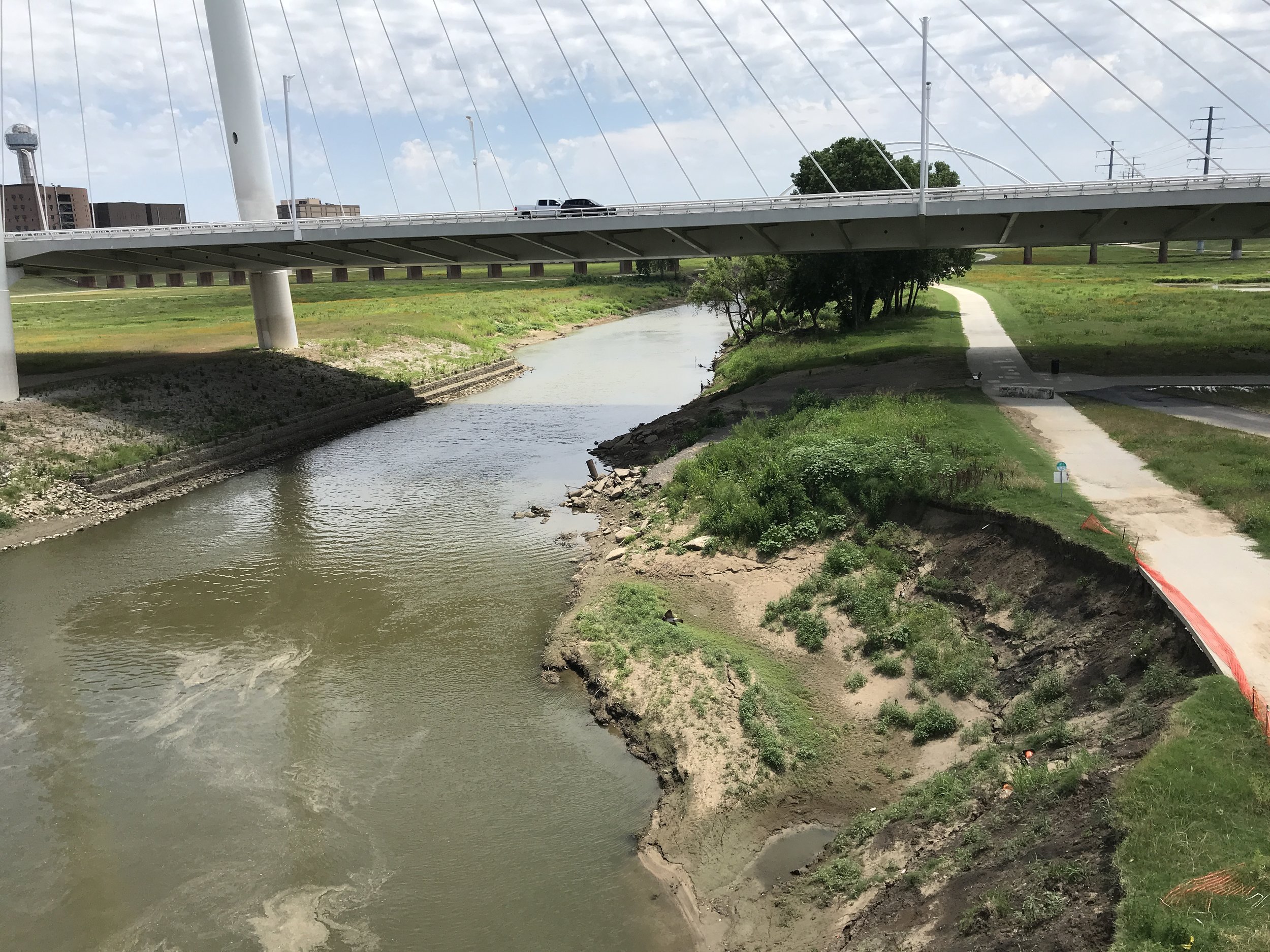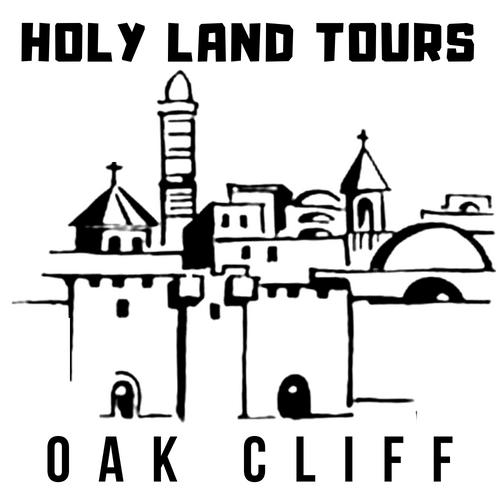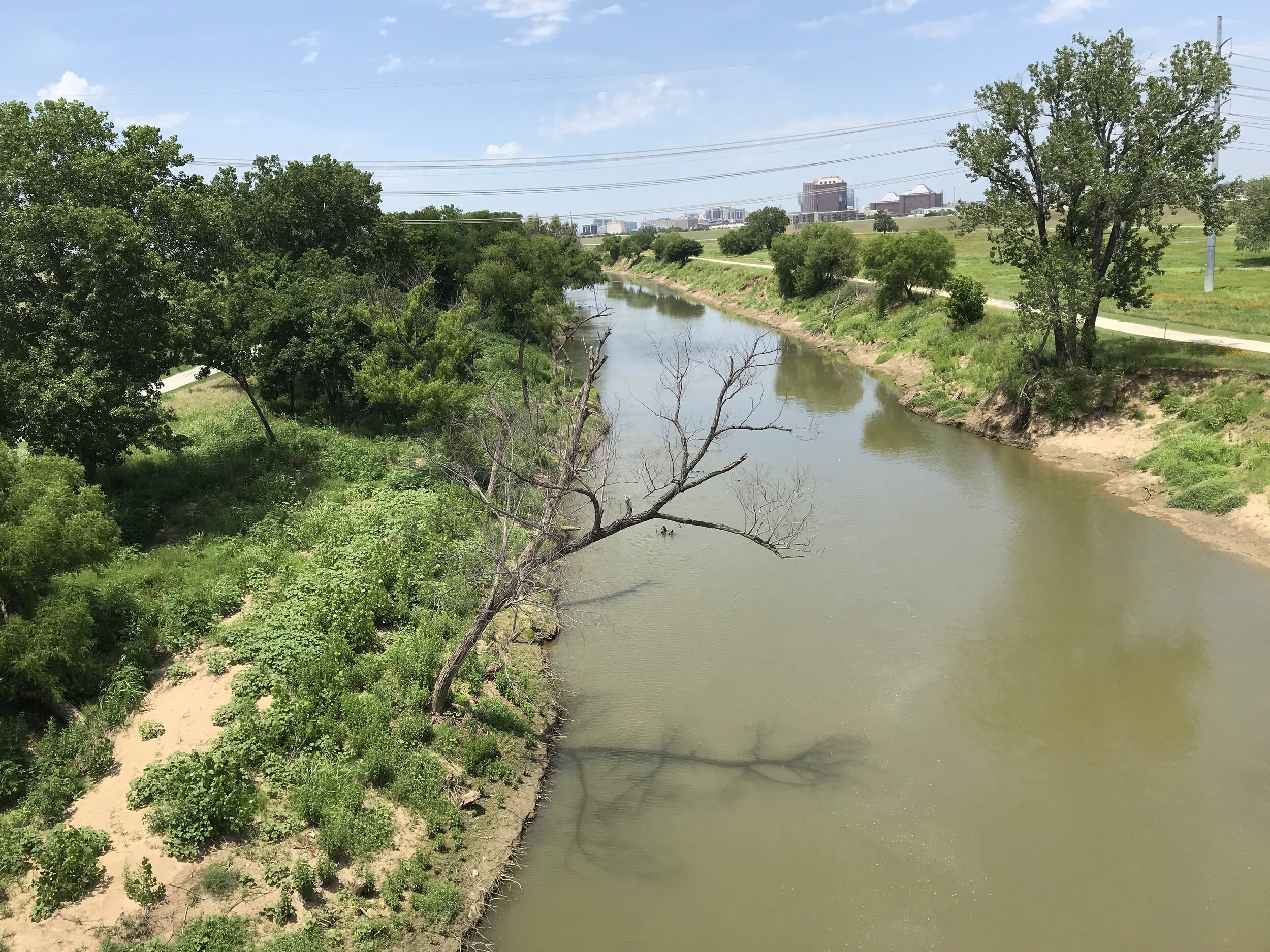A Summer Holy Land Tour
/When I was beginning my probationary period as a pastor in the North Texas Conference (twenty years ago), I heard that ordinands were taken on a special “Holy Land Tour” in the months before their ordination.
I got excited when I heard that! I’d always wanted to visit Israel and Palestine, and visit all the places identified in the Bible. I thought to myself, “What a great gift to pastors entering full-time ministry!”
Except that I was mistaken. Turns out that Bishop Bruce Blake had organized a tour of North Texas. He wanted the new ordinands to see the extent of our “parish,” including the sites of special significance to our connection, as well as new places for mission. He was trying to emphasize the point that North Texas is “Holy Land.”
I was disappointed, and I kicked myself for getting my hopes up. I really wanted to see Jerusalem.
Fortunately, a few years later, I had a genuine opportunity to visit Israel and Palestine. As I walked in the places where Jesus walked, however, I found myself being less-than-impressed. I had imagined that I would be spiritually moved, that I would sense that this place was sacred and holy. That’s not what I felt, however. I’d always imagined a magical, mystical place; but this was nothing like that. In many ways, Israel and Palestine felt like any other 21st-century Middle Eastern city, full of Old World charms but New World problems.
And I suddenly realized the point that Bishop Blake was trying to make — any and every place can be holy. You don’t have to travel to some far-away location, even one found in the Bible, to encounter God. You don’t have to make a pilgrimage to historical or legendary sites to experience the divine.
In fact, the lure of certain places like Israel and Palestine can actually blind you to the presence of God in the place where you actually live. In your excitement to see Bethlehem or the Sea of Galilee, you might miss the fact that God is working in your own back yard.
This summer, I’m attempting to do what Bishop Blake did years ago. I’m taking all of us on a tour of our very own Holy Land — Oak Cliff. Each week, I’m spending a little extra time in a different part of Oak Cliff, reflecting on what I observed, and then bringing it to you for your own reflection on Sunday morning.
For example, this Sunday morning, I’ll be preaching about the Trinity River. This river is a defining feature of our city; it has aligned our businesses, shaped our neighborhoods, and entered into our folklore and mythology.
Yes, the Trinity River is holy. Have you ever looked at it that way? Can you see the waters of the Trinity as shimmering with divine possibilities? Is it possible that there is something to learn on the banks of that river?
Come and see this Sunday as we start our summer Holy Land Tour!





